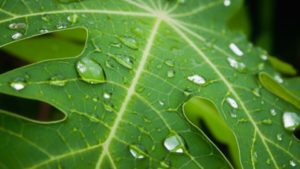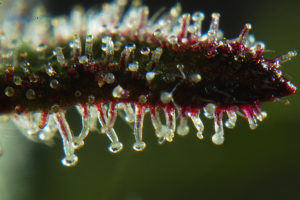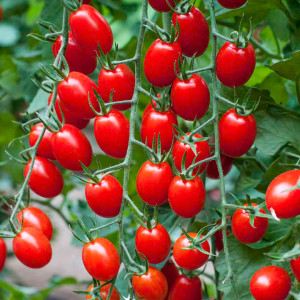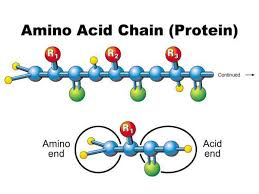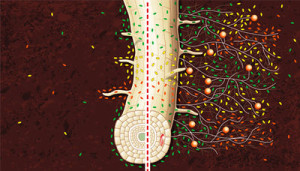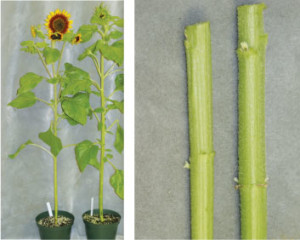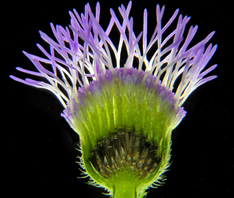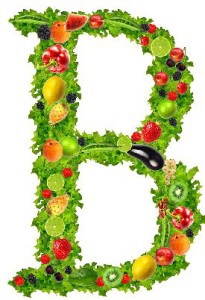Foliar sprays are commonly avoided because of the fear of mold and/or burning leaves or flowers. However, when used as directed, they are some of the best additives you can add to your plant’s health.
Foliar feeding has proven to stimulate growth faster than any other liquid or granular fertilizer. The reason for this is because you are concentrating on the part of the plant that is working hardest to produce food for itself. While it is widely known that the roots take up the highest amount of nutrients, those nutrients are always directed up to the leaves and for storage and flower production. Therefore, by feeding the leaves and flowers directly, you can skip steps to see immediate results.
It is, unfortunately, not well known that most plants can take up as much nutrients through their leaves as they can through their roots. Additionally, foliar feeding the right products will help stimulate stomata growth, CO2 intake, and chlorophyll production. This gives the plant a better ability to produce, store, and utilize nutrients for flower production and size.
Also unfamiliar to most growers is that most additive products can be used as foliar sprays, when used with a wetting agent product. Wetting agents are designed to help break the surface tension of both the leaf surface as well as the liquid you are adding to it. They also will assist in adhesion of the foliar to the leaf and flower surfaces. That means you can build your own foliar feed to see the results you are looking for in your garden. Just make sure to spray your foliars when the lights are off. Very few products will be ok to spray with the lights on, as just like water droplets, they can magnify the lighting you are using and may cause burn spots.
So come on in, we’ll get you dialed in with the right products that will feed your garden to its max potential. Remember… We Grow better!

